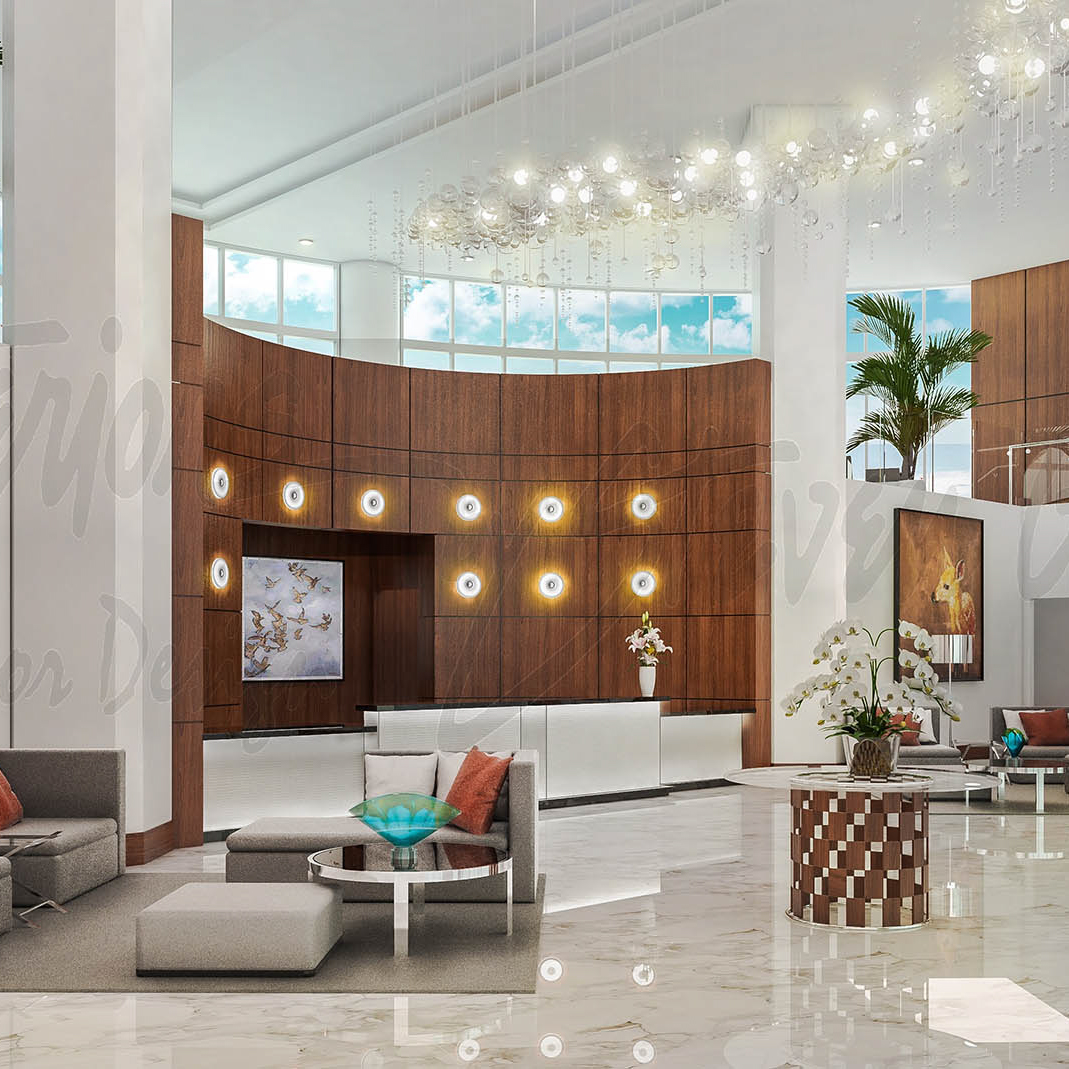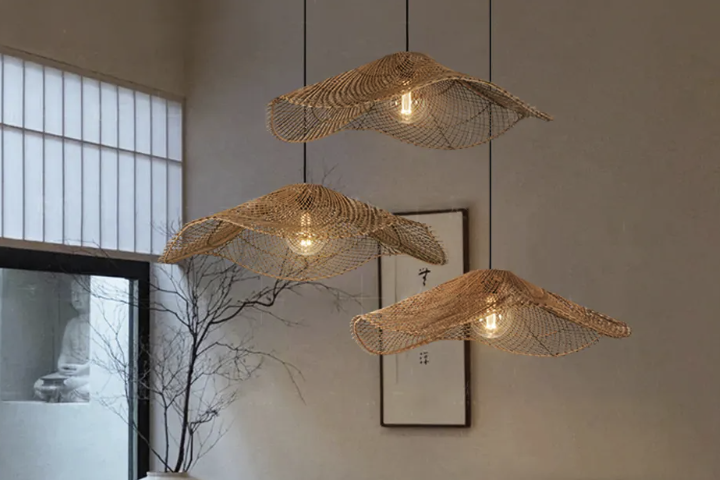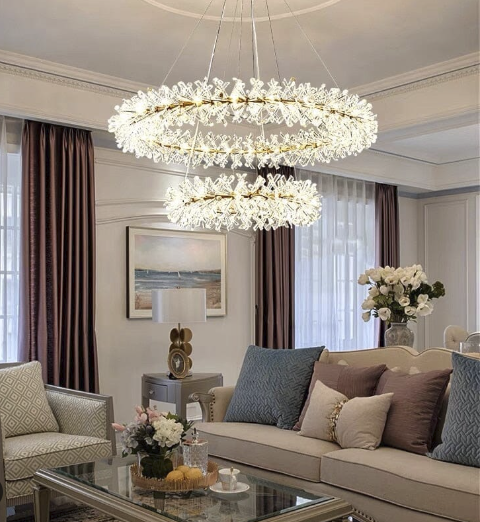
Introduction
Lighting is an important aspect of infrastructure that is often taken for granted. However, it plays a crucial role in promoting public safety, enhancing aesthetics, and boosting economic growth. Hinged light poles are a promising innovation in this field, offering several benefits over conventional poles. In this article, we will explore the advantages of the hinged light pole in detail, and why it is becoming an increasingly popular choice among urban planners, civic bodies, and stakeholders.
What is a Hinged Light Pole?
A hinged light pole is a type of lighting infrastructure that is anchored to the ground using a base plate or foundation. The pole is mounted on a hinge mechanism that allows it to tilt, rotate or fold in response to varying circumstances. The hinge mechanism is typically connected to a control box, which regulates the movement of the pole according to predefined or real-time inputs. Hinged light poles can be made of various materials, including concrete, steel, aluminum, or composite materials.
The Advantages of Hinged Light Poles
1. Flexibility
Hinged light poles offer a high degree of flexibility in orientation and positioning, enabling them to adapt to changing lighting requirements. For example, they can be tilted to illuminate hard-to-reach areas, or rotated to direct light precisely where it is needed. In addition, they can be folded down for maintenance or transportation, reducing the need for costly and time-consuming installations.
2. Energy Efficiency
Hinged light poles can be equipped with advanced lighting technologies, such as LEDs or smart sensors, that consume less energy than conventional lighting systems. LEDs, for instance, are up to 80% more efficient than traditional incandescent bulbs, and can last up to 25 years. Smart sensors, on the other hand, detect human presence and adjust the lighting levels accordingly, reducing energy waste.
3. Safety
Hinged light poles enhance public safety by providing better visibility and reducing crime rates. They can be used to light up dark alleyways, parks, parking lots, or pedestrian walkways, where crimes are likely to occur. The flexibility of hinged light poles enables them to cover a wider area with fewer poles, reducing the visual clutter and improving visibility.
4. Aesthetics
Hinged light poles can be customized to match the surroundings and add aesthetic value to the environment. They can be painted in various colors or patterns, or adorned with decorative elements such as banners, flags, or artwork. Moreover, the flexibility of hinged light poles allows them to be integrated seamlessly into existing architecture or landscapes, reducing the visual impact.
5. Cost-effectiveness
Hinge light poles are a cost-effective solution for lighting infrastructure, as they require lower installation and maintenance costs than traditional lighting. The flexibility of hinged light poles reduces the need for multiple poles, saving space, materials, and labor. In addition, the energy efficiency of hinged light poles lowers the operating costs and increases the return on investment (ROI) over time.

